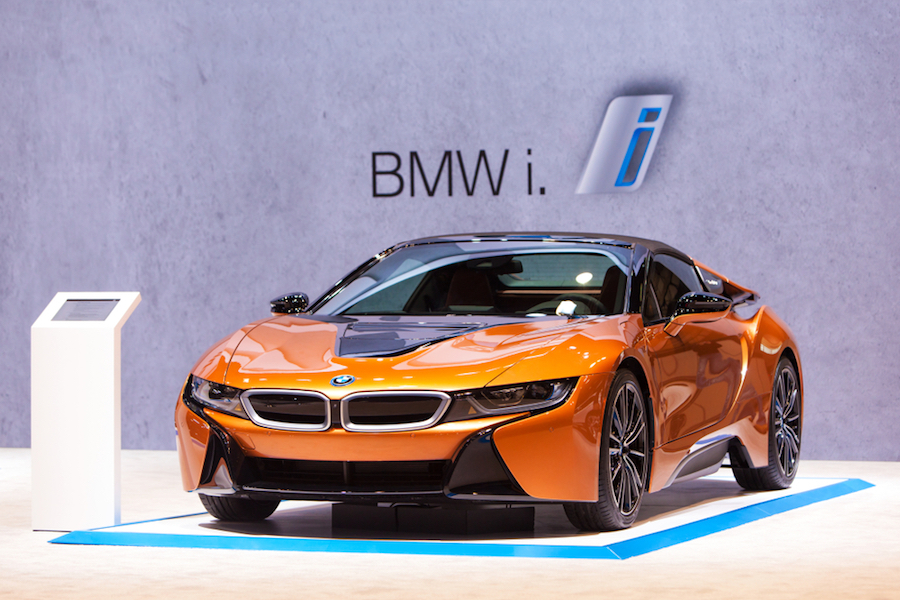Bayerische Motoren Werke or Bavarian Motor Works (BMW) has placed the cause of ‘e-mobility’ at the heart of its value chain. With BMW iNext & the BMW i4, the upcoming addition to its ‘i’- series, the BMW group is playing an instrumental role in reducing CO2 emission from its fleet and hence shaping the green future. Recently CO2 emission in Europe by the German automobile manufacturer was measured at 122gm/km, a reduction of 2gm/km compared to 2016 mark.
In September 2017, the company unveiled BMW iVision Dynamics Concept in Frankfurt Auto Show which was named as BMW i4 in Geneva Motor Show, 2018. At recent Annual Accounts Press Conference, Harald Krüger, (Chairman of the Board of Management of BMW AG) announced that the fifth generation of eDrive, BMW i4 and the BMW iNEXT will arrive in 2020. Both of them will be manufactured at Munich plant in Germany. With a progressive BMW eDrive technology shall enable the future eDrive cars to drive 340-435 miles (550 – 700 km) on a single charge.
BMW i4 Specifications
BMW i4 will mirror the futuristic sedan concept unveiled in Frankfurt Auto Show. The BMW X3 crossover has a striking resemblance to a four-door Gran Coupe and features BMW’s new double-kidney grille design. The silhouette is sleek and sharp with standard BMW proportions – a long wheelbase, panoramic glass roof stretching from front to rear and horizontal, flared taillights.

BMW iVision Dynamics Concept unveiled at Frankfurt Auto Show, 2017
The BMW group is designing a common architecture that fits its entire range of models, be it all-electric, plug-in hybrid, and conventional fuel powered or gas-powered vehicles. The BMW i4 will be featured on the same platform and will use lithium-ion battery cell. Without compromising on performance, the next generation electric vehicle will achieve 0-62mph in less than four seconds and reach a top speed of 124mph. This comes as a tough competition to Tesla Model S which accelerates 0-62 mph in 5.5 seconds.

BMW eDrive technology aims to drive 340-435 miles on a single charge
The BMW group’s own market share of the e-mobility vehicles is three times more than its tradition auto market. It sold 100,000 electric vehicles in 2017 and has a 21 percent market share in the registered electric vehicle market in Europe. The group sold 350,000 vehicles to the US customers in the preceding year.
 India will give incentives to battery makers to set up more manufacturing units as the government looks to intensify the promotion of electric vehicles, the ministry for renewable energy said on Friday.
India will give incentives to battery makers to set up more manufacturing units as the government looks to intensify the promotion of electric vehicles, the ministry for renewable energy said on Friday.



